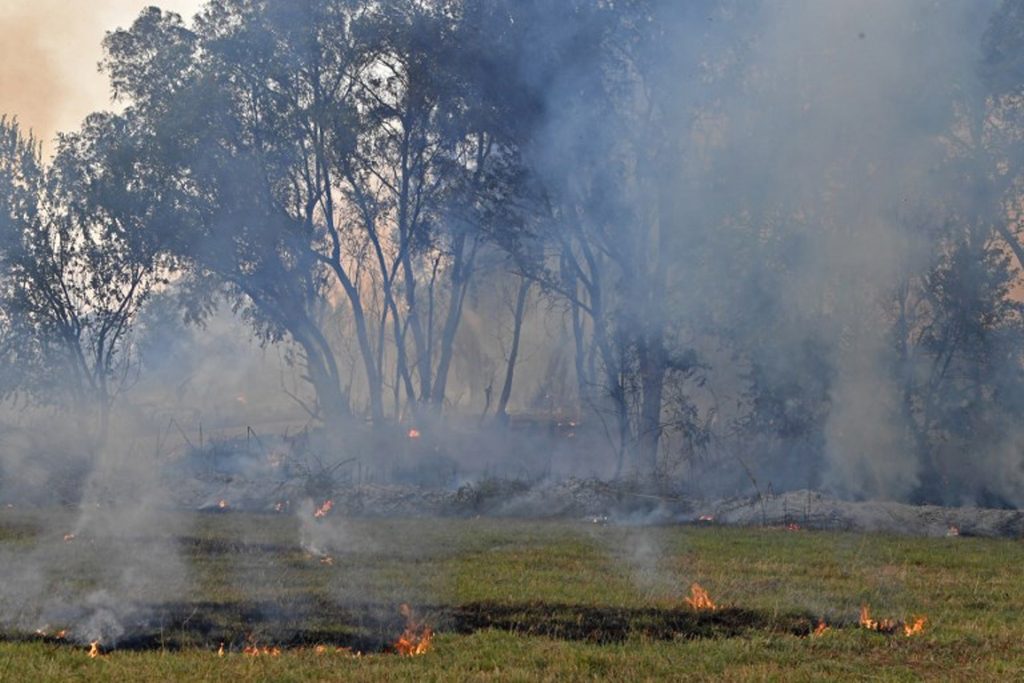The extreme heat and forest fires seen in North America, Europe and China this month were made much more likely by climate change, scientists have shown in a new study.
While temperatures dropped in Belgium following record-breaking heat in the country last month, large areas of Southern Europe, as well as other regions across the globe (the US, Mexico and China) continued to experience extreme heat in July, breaking many local temperature records. Forest fires are ongoing across several continents.
These extreme weather phenomena have made international headlines and the forest fires in Greece have most recently been at the centre of social media discussion, though some have argued that these fires are merely the result of arson and less a consequence of a warming planet and arid ecosystems.
However, scientists from the World Weather Attribution (WWA) initiative collaborated to assess how human-induced climate change alters the likelihood and intensity of the extreme July heat. They explain that the heat seen this July would be expected once every 15 years in the US and Mexico and once every 10 years in southern Europe. The findings highlight the growing frequency of such heatwaves, stressing that these are climatologically abnormal.
The scientists specified that without human-induced climate change, such heat would be a 1 in 250-year event in China. The maximum temperatures recorded in July 2023 would have been virtually impossible in the US/Mexico region and southern Europe.
Whilst the report acknowledged natural phenomena such as El Niño can contribute to heatwaves, they stressed that warming global temperatures by burning fossil fuels is the primary cause for their severity.
Normalising the abnormal
The rapid assessment study made using previously published methods also found that climate change makes heatwaves much stronger: "Similar to previous studies, we found that today's heatwaves are 2.5°C warmer in Southern Europe, 2°C warmer in North America and about 1°C warmer in China than they would have been if it was not for human-induced climate change."
The findings highlighted that heatwaves like those seen now would happen every two to five years in a world 2°C warmer than pre-industrial levels.
The world's 2022 surface temperature was already 1.06 ˚C warmer than the pre-industrial period (1880-1900). The most recent forecast by the World Meteorological Organisation (WMO) indicates a 66% chance that the 1.5°C global warming threshold will be passed between now and 2027.
As well as a greater likelihood of heatwaves, heavy rainfall will also become more common whilst other regions experience prolonged intense droughts.
Related News
- Meteorological 'barrier': Why Belgium is spared the extreme heat
- Heatwave and forest fires: Belgium updates travel advice for Greece
- July could be hottest month on record, NASA claims
The study's authors stressed that countries that signed the Paris Agreement must fully implement their current commitments to rapidly reduce their emissions. "Unless the world quickly stops burning fossil fuels, these events will become more common and the world will experience heatwaves that are even hotter and last longer."
There is now an urgent need for an accelerated roll-out of heat action plans in light of increasing vulnerability driven by the intersecting trends of climate change, population ageing, and urbanisation. If decisive action is taken swiftly, the report emphasises how effective these can be in reducing heat-related mortality.

